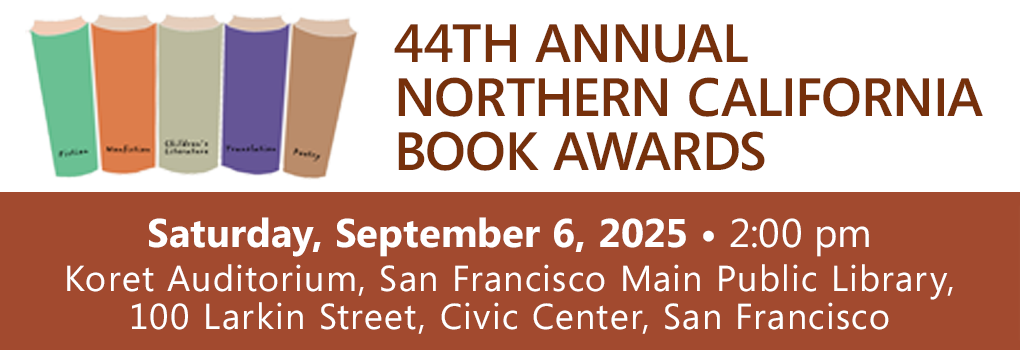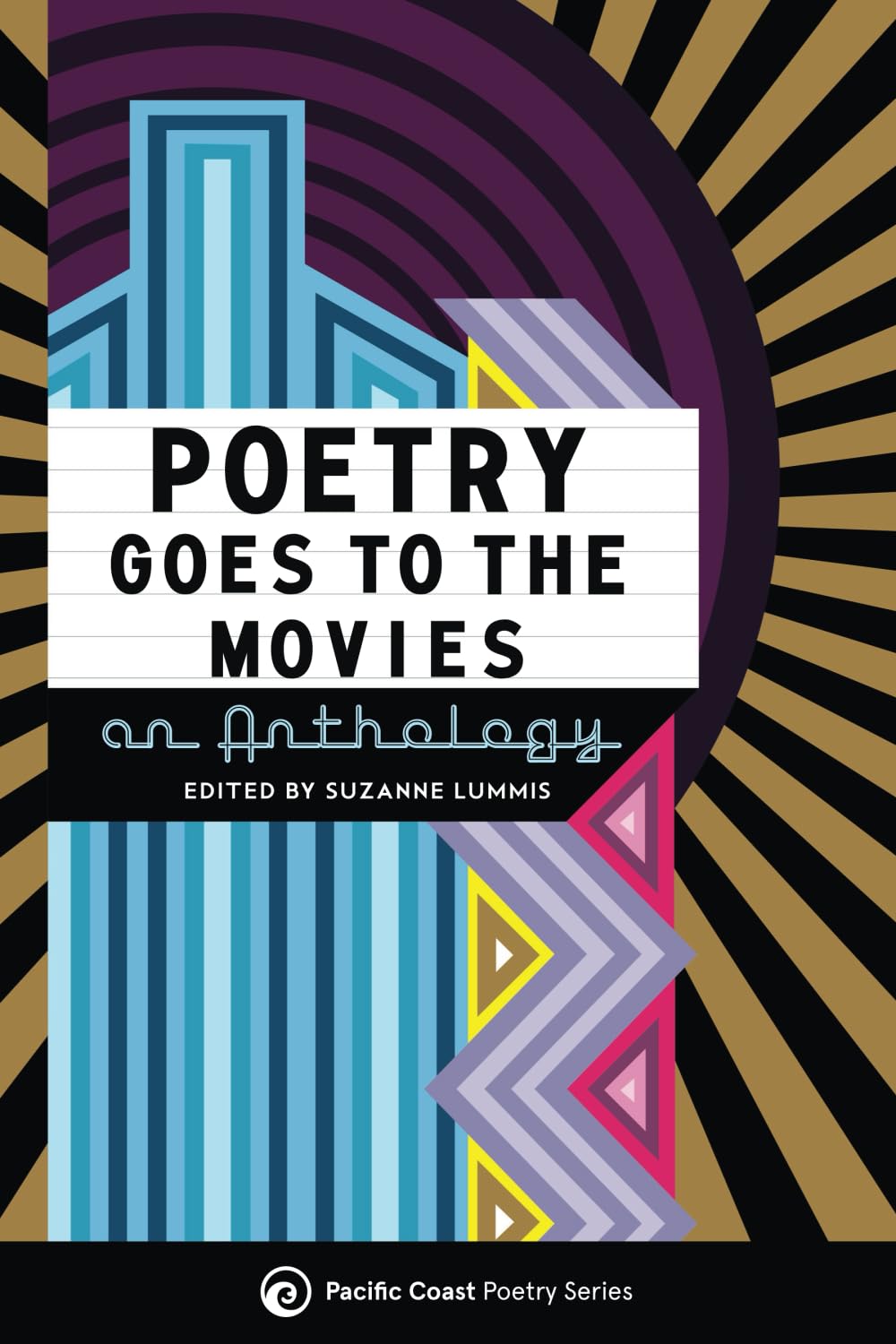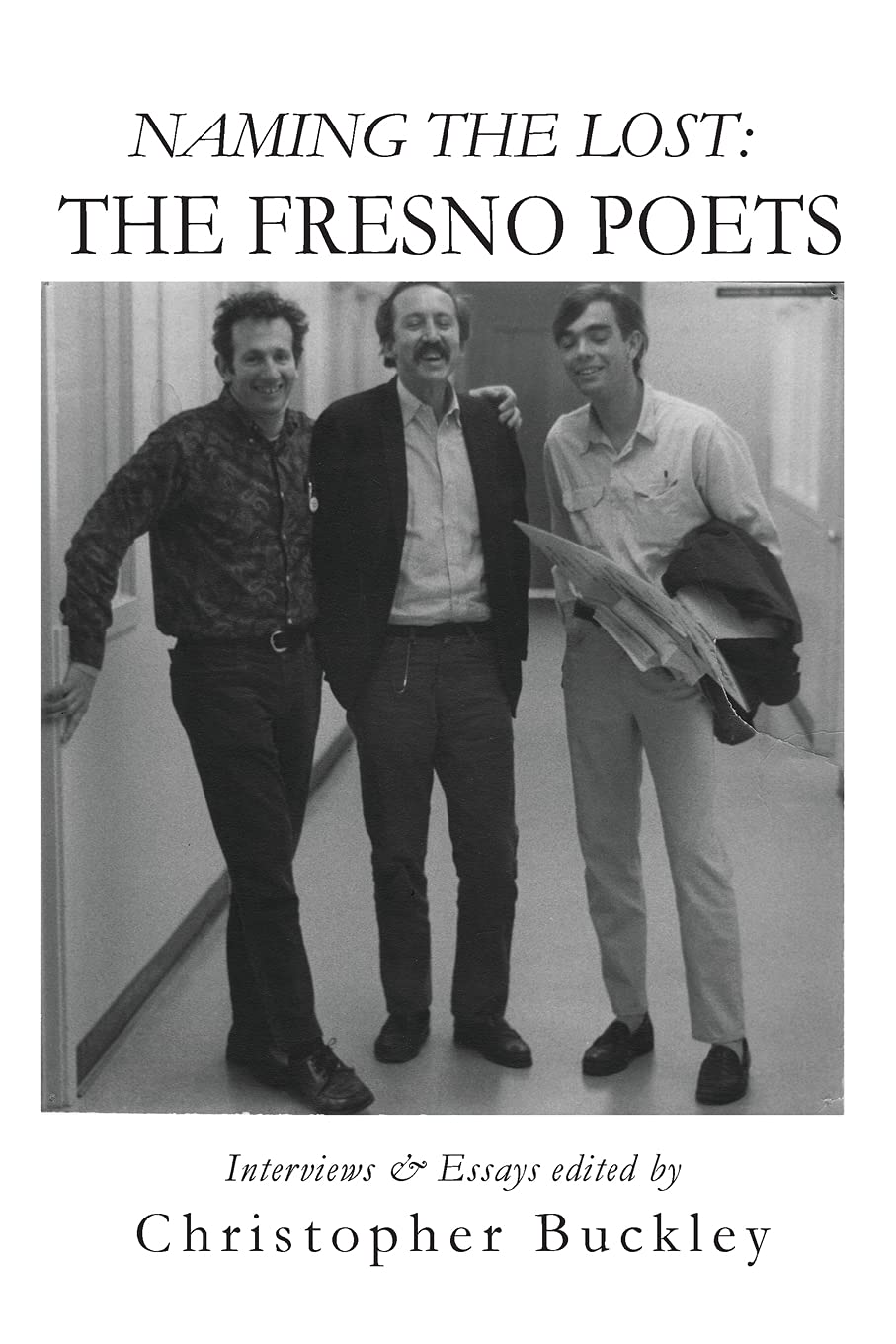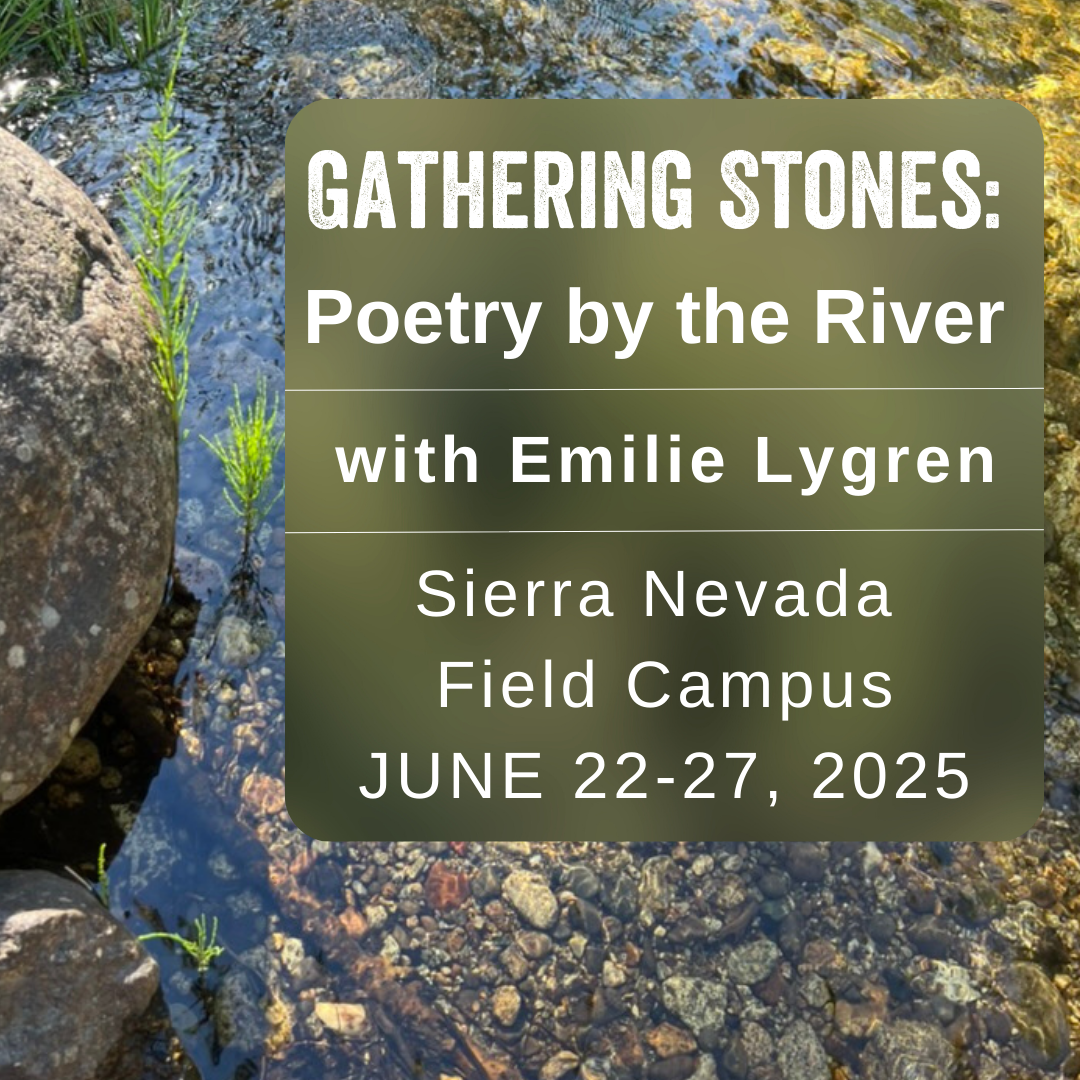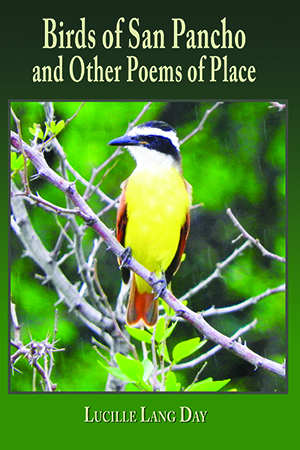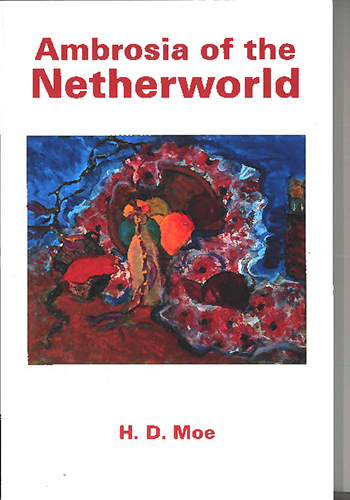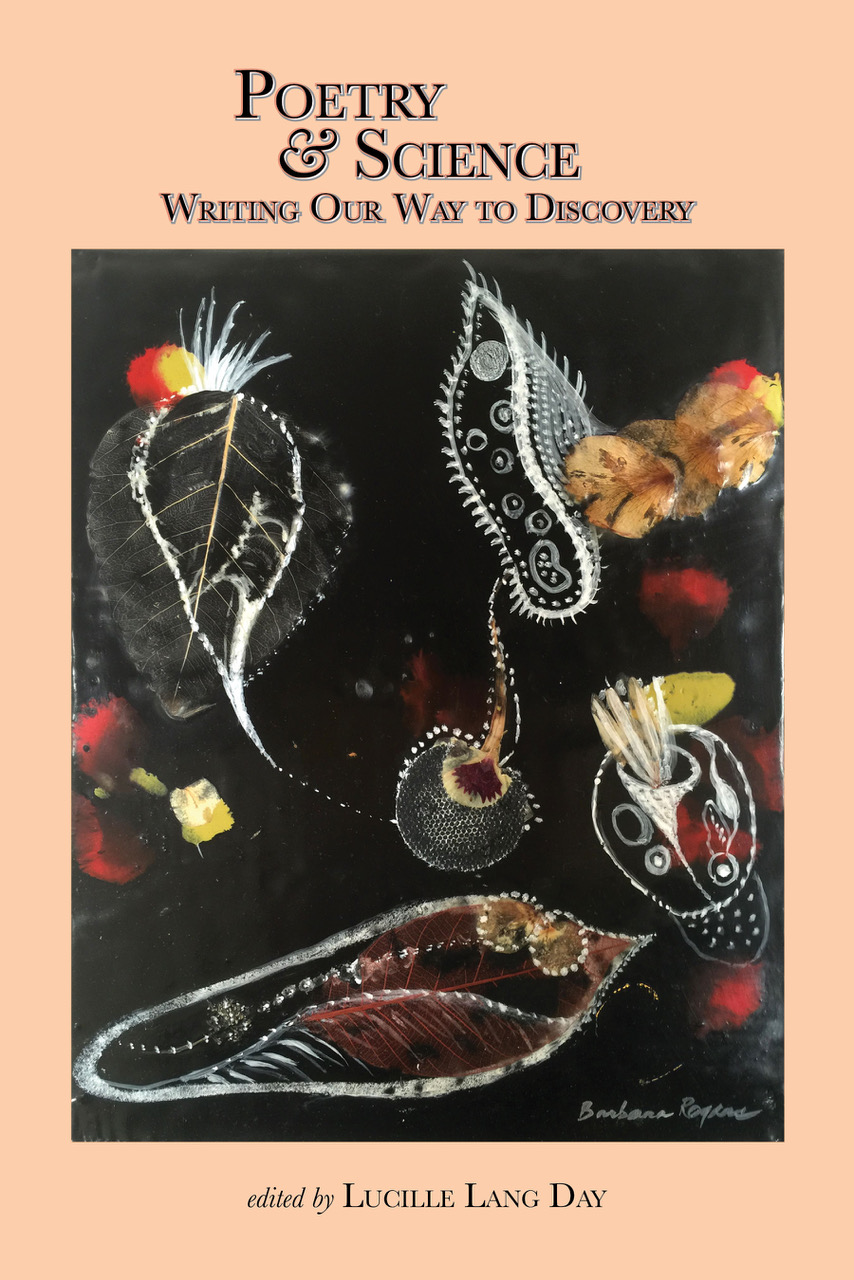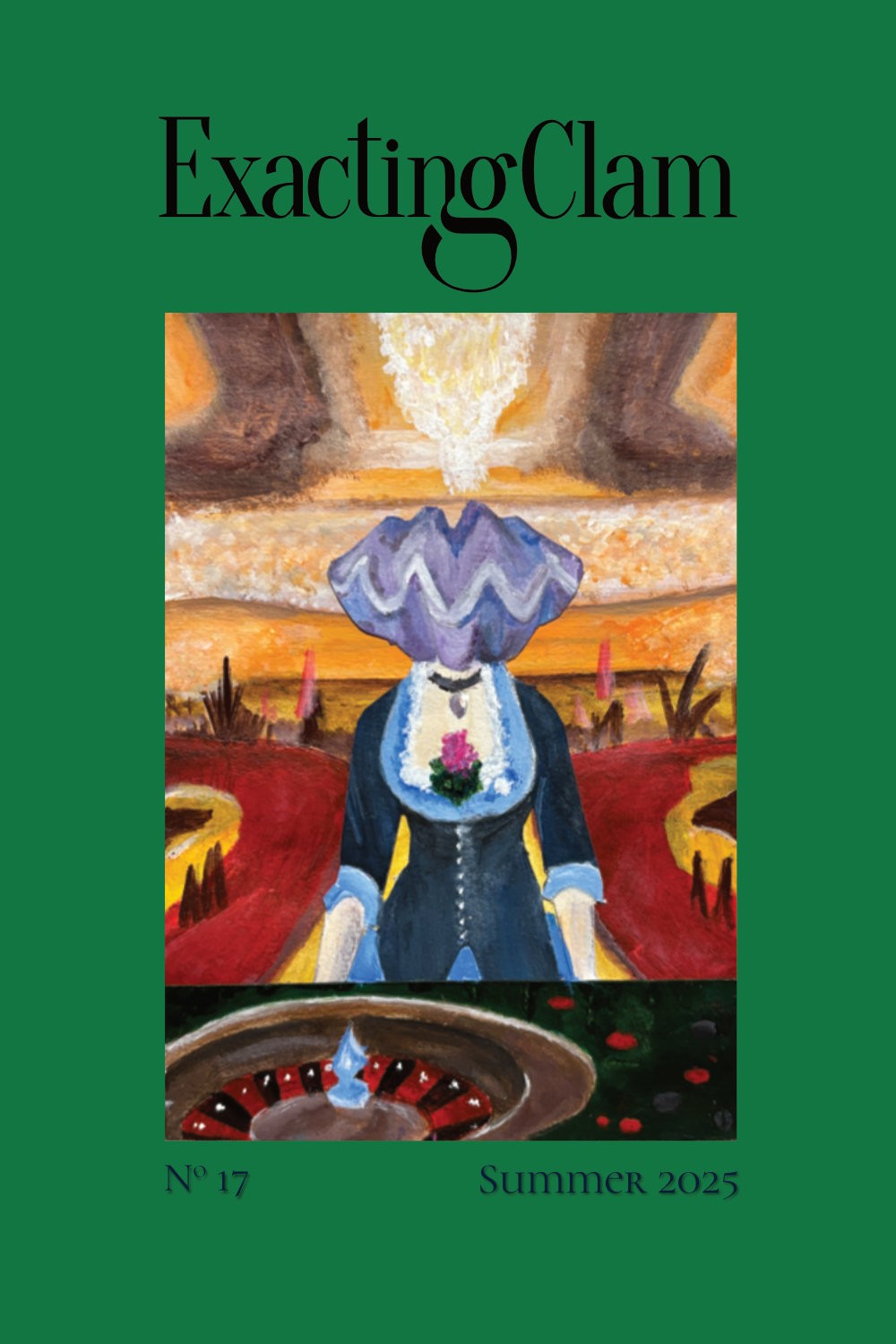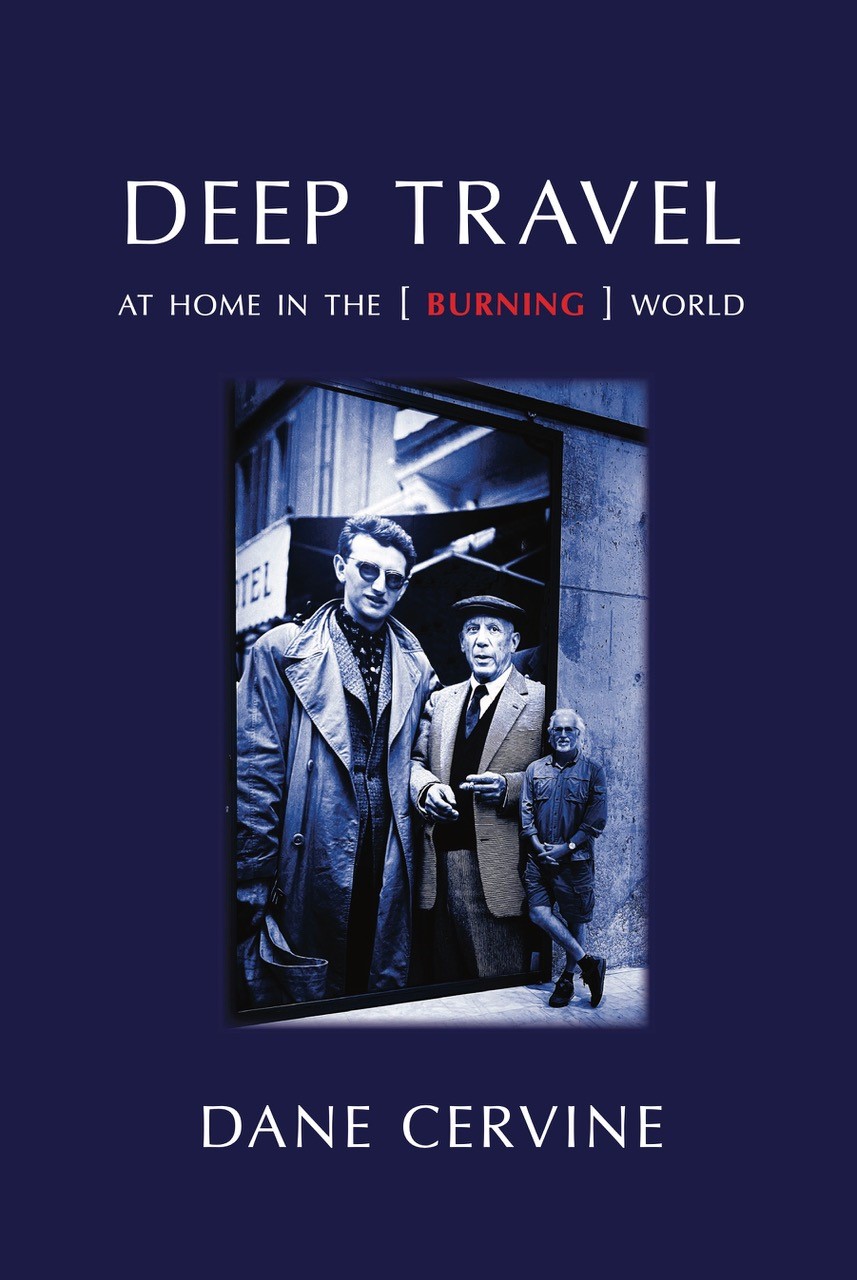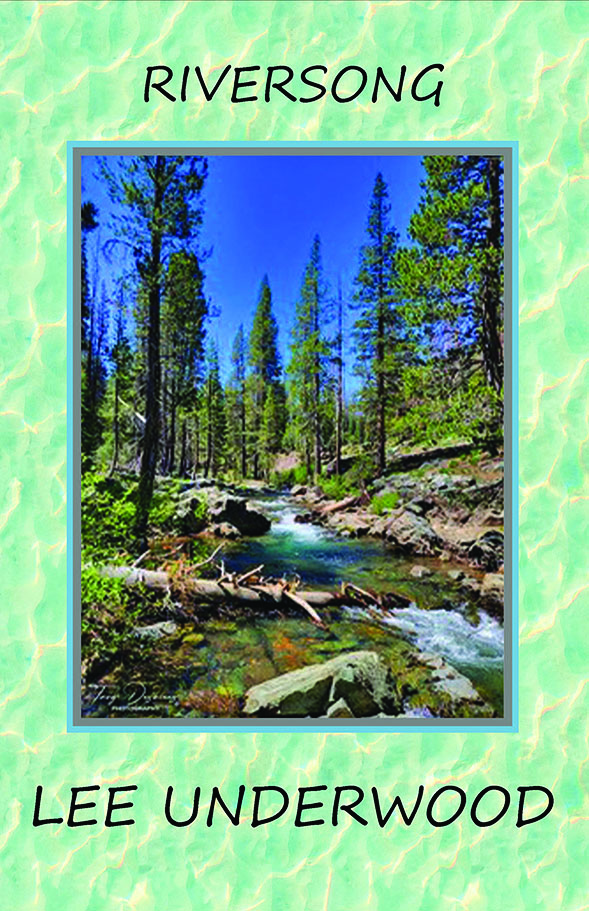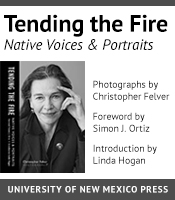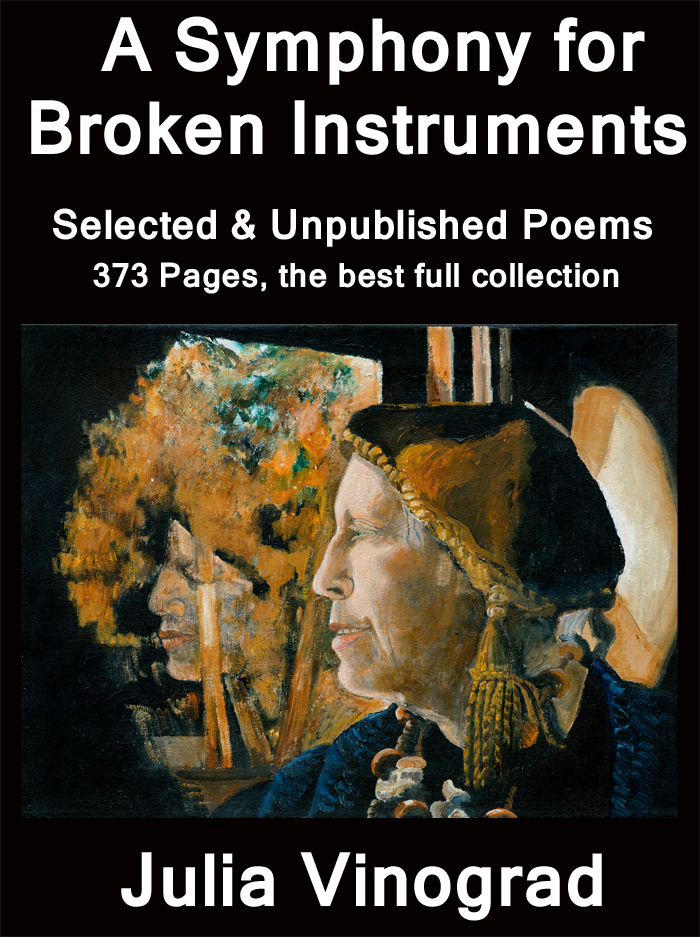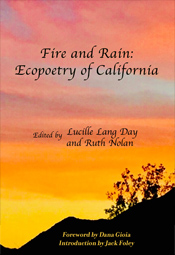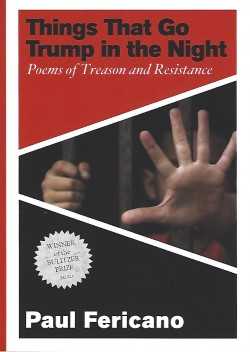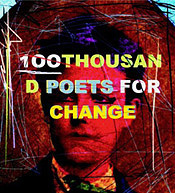
Attentive Pleasures
by Alexandra Yurkovsky
The Art of Robert Frost, by Tim Kendall, Yale University Press, 2012, 408 pages, $35.00 hardcover.
"'It begins in delight, and ends in wisdom.'" Robert Frost's definition of poetry, conveniently applicable to his own work, is the inspiration for Tim Kendall's The Art of Robert Frost. The book is both a critical study and a "selected" volume, containing sixty-five poems that span Frost's career, chosen for quality, variety, and/or because they illustrate salient points about Frost's oeuvre. Kendall's first priority, rather complexly expressed, explains his reason for assembling another selection of Frost's poetry: "…to produce a reliable text accounting for editorial decisions which may differentiate it from other reliable versions." (p. 9) The author is also a poet as well as critic, professor, and the founding editor of the acclaimed, but now-defunct, U.K. literary magazine, Thumbscrew. He is thus well qualified to carry out his book's second priority: "to pursue the same journey which Frost claims for all great poetry," (p. 11) that path from delight to wisdom.
The Art of Robert Frost indeed enjoyably treads a parallel path with the poems, via close readings strewn with expressions of an "ordinary" reader's pleasures. A talented analyst, Kendall elucidates both the poems and his study's underlying focus: ulteriority. Technically an invented term, ulteriority may be defined as Frost's unique brand of irony. Splicing Frost's words with his own, a device the author regularly employs to bolster his arguments (note well all the double quotes herein), Kendall asserts that Frost's goal "'to be a poet for all sorts and kinds'" was closely linked to "'the pleasure of ulteriority'—that is, 'saying one thing and meaning another, [or]…in terms of another.'" (p. 3) Frost's notion and use of "ulteriority" is the heart of Kendall's study, pulsing its significance among the essays.
Frost's achievement of this quest for popularity is wittily and immediately demonstrated. Kendall plunges in, not with a discussion of poetry, but of the movie The Shawshank Redemption. The punch line is a convict's description of a landscape: "'Like something out of a Robert Frost poem.'" (p.3) Frost's memorably aphoristic phrases and idyllic parables are still part of the collective American consciousness (or subconscious). Many American children have learned and are learning Robert Frost poems at home or in school, some of us at very young, impressionable ages. Kendall is interested in such popularity because the poems lend themselves to simplistic, literal readings. By carefully analyzing numerous lines from each poem, he reveals the interpretations, simple and complex, literal and figurative, that Frost's poems invite (or provoke).
Unlike Frost, Kendall is not writing for "all sorts." He suggests three sets of readers: those who want just the poems; those who want just the analysis; and those who "will read from beginning to end," i.e., the combination as presented. These divisions seem a shade too fine, especially as readers who are interested in variant versions will almost certainly be in it for the analysis as well. This is a minor quibble, but I would instead suggest a composite, probably overlapping two-pronged ideal readership for the book: firstly, a general audience of sophisticated readers who enjoy poetry as an intellectual activity; secondly, a specialized audience of English teachers, literary critics and reviewers. For both sorts, Kendall superbly models what poet and critic Adam Kirsch calls "doing a reading." According to Kirsch, "[r]eading" is "[t]he 'bedrock'" or "the phenomenal level on which we read a poem," much as we read prose or even, say, billboards. As amateur or professional students, we advance to a more detailed reading, i.e. we:
'do a reading' of a poem, in the academic phrase. To read is to allow the poem to shine out as what it is, to take in what it presents; to 'do a reading' is to apply to the poem a technique, whose product hovers above or alongside the poem as a ghostly presence.
(The Modern Element: Essays on Contemporary Poetry, by Adam Kirsch, W.W. Norton, 2008, p. 26)
This ghostly hovering resembles the behavior Kendall claims to have taught his critiques: "While I hope that my commentaries travel at least some of the way, I have not let them forget their origins in that sense of delight which Frost's work continues to give me." (p. 11) Each poem, which is followed by two to four pages of discussion, includes numerous lines isolated and quoted again, for detailed analysis. Kendall's achievement is in demonstrating the pleasures of close reading, by any other name: dissection, doing a reading, analysis, or, my preferred phrase, attentive reading. And his format ensures that the poems are always close at hand, complete, in the foreground, asserting their primary importance.
The pleasure derived from a poem that reflects and meditates on the world differs from that obtained from prose doing more or less the same thing with a poem, but they can be complementary. In Kendall's hands they are, because he uses language as carefully as Frost does in his poems, albeit without the generally more complicated additions of rhythm and occasional rhyme. This reading of "Mending Wall" typifies Kendall's attentiveness:
The poem is framed by two aphorisms: "something there is that doesn't love a wall" occurs twice, and is thought and spoken by the poem's first-person voice; "Good fences make good neighbors," spoken by the neighbor who lives "beyond the hill," also occurs twice. Each man uses his aphorism combatively, as a retort to the other; neither acknowledges that both may be simultaneously true. Frost's classical education would have taught him that the word "aphorism" has its roots in the Greek for "boundary."
(p. 51)
The passage is also typical in its speculation on Frost's influences. Variant phrases concerning influence and education abound, as when Kendall writes: "Richard Poirer quotes a passage from William James's Pragmatism, which Frost would have encountered." (p. 358) And when he suggests: "Frost's final stanza alludes (as 'An Old Man's Winter Night' may have previously alluded) to Blaise Pascal's confession 'Le silence eternal de ces espaces infinis m'effraie'—the eternal silence of these infinite spaces terrifies me." (p. 352) Speculation is always supported by quotation, either from the poems or Frost's own literary writings (and the Pascal certainly does seem to have thrown the echo of "They cannot scare me with their empty spaces / Between stars—from "Desert Places," p. 350). All this context makes for a textbook Frost would approve of, as the embodiment of his lovely, metaphorical dictum:
A poem is best read in light of all the other poems ever written….The thing is to get among the poems where they hold each other apart in their places as the stars do. [p. v]
This astrological conceit so moved Kendall that he made it the book's epigraph, then used it again, pared down, in the Introduction, as slightly facetious justification for his expansion of Frostian context. Mischievously he asks: "why stop at 'all the other poems,' or for that matter, why stop at what is written?" (p. 11) Professor that he is, he has become familiar with those Frost was familiar with, such as Catullus, Emerson, and, especially, Wordsworth and Keats (from the last, he quotes a generous fifteen lines to illustrate a comparison). Meandering with Kendall among the poems and their companion works of poetry and prose, the reader discovers the importance of context, allusion, tradition—indeed, of the many ramifications of Frost's pronouncement.
The ubiquitous and awkward presence of the term "ulteriority" prods the reader to consider Frost's poems more carefully and less literally. Kendall's initial discussion of the word suffices for allowing the reader to formulate a loose definition, as I did above. Its significance and meaning are then illustrated by concrete references to the poems. "Maple," for example, is introduced as "a poem about ulteriority which is in itself sophisticatedly ulterior" in that Frost's readers are "encouraged but not compelled to perceive the many 'stories' hidden under the visible surface, the ulterior beyond the particular." (p. 2) "Birches," "among his strongest poems," was also among Frost's favorites because of its "'vocality and ulteriority'" In this instance, Kendall criticizes Frost's use of the term, but not the term itself: "From a poet who routinely celebrated vocality and ulteriority above everything else, the description is not especially useful, but its pointer toward ulterior interpretations does offer encouragement to those many commentators who seek to locate and explain the poems parabolic meaning." (p. 213) One of the most comprehensive elaborations of ulteriority occurs in the essay on "Two Tramps in Mud Time." Kendall begins with David Bromwich's view of how Frost compares farming to writing poetry; Bromwich believes that inherent in this metaphor lies "'a touch of bad faith:' the poet is hidden behind the laborer when he needs to be visible." (p. 348) Kendall counters: "Bromwich argues that 'we need to see the poet'; but the paradox of ulteriority is that the poet should be visible never and always." (p. 349)
The emphasis on ulteriority puts a slightly new spin on Frost's use of personae. One might even invoke ulteriority to question Czeslaw Milosz's harsh yet perceptive view:
"[Frost] changed his clothes and donned a mask. He put himself forward as a rube, a New England farmer, writing in a simple language…about his environs and the people who lived there….In fact, he was someone entirely different. …His readers valued him, however, for his idyllic mood, which was only a disguise. Beneath it was concealed a grim, hopeless vision of man's fate."
(Milosz's ABC's, by Czeslaw Milosz, Farrar, Straus and Giroux, 2001, p. 123)
In fact, Kendall shares some of Milosz's skepticism about the mask, and, in any case, most critics realize Frost wasn't a real rube. Ending a discussion of an aesthetic tiff between Frost and Lionel Trilling, Kendall asserts: "…a classicist like Frost who experimented with Catullan hendecasyllabics is in no position to dismiss the benefits of learning." (p. 6) The following remarks concerning one such experiment exhibit both Frost's and Kendall's erudition:
Initially titled "Well" and then "Wrong to the Light," "For Once, Then, Something" was, Frost confessed, "calculated to tease the metrists" (SL, 248). The poem is a virtuoso performance, its Phalaecean hendecasyllabic verse an homage to Catullus, who wrote more than forty surviving poems in the meter.
(p. 324)
This passage also supports Kendall's argument that Frost's "practice" of ulteriority is related to his delight in writing metered verse. For all the attention given to the concept, here and in Kendall, ulteriority is a relevant angle rather than an idée fixe; it helps us enjoy the poems on all their levels and for all the elements of craft they embody. Frost's mastery of prosody and his uses or omissions of rhyme work with, or perhaps even led to his mastery of, dialect and colloquialisms; combined with his particular experiences and observations of life they created the integrated poet who created such powerful particular works. These related aspects of his personality allowed him to speak convincingly, whether as rube or country scholar or witch or wife.
In keeping with his opinion that free verse was like playing tennis without a net, Frost believed that "only two meters were permitted—'loose iambic and strict iambic.'" Knowing this, new visitors to the realm of scansion will find Frost's poems useful as pre-analyzed maps, in a manner of speaking—although they'll also need to learn about anapests, trochees and the other feet. Professor Kendall guides the way, modeling the syllable counting and accent identification required for metric analysis. But he does more than execute dry exercises in prosody, invariably illustrating connections between form and content. Take, for example, a passage about "The Trial by Existence," which combines discussion of rhythm and rhyme:
Already the poem's third stanza had referred, with regular iambic emphasis, to 'The obscuration upon the earth'; but God's more substantial intervention seems chiefly designed to upset those who are about to be reborn. His reference to 'agony of strife'—which, fittingly for this context, is made to rhyme with 'life'—suggests a view of existence far bleaker than anything in Plato….
(p. 34)
Note the emphasis on craft (my italics): "is made to rhyme with 'life.'" "After Apple Picking" receives similar treatment:
Although [it] is not the only poem in North of Boston to rhyme, its metrical irregularities set it conspicuously apart. The meter remains predominantly iambic throughout, but this poem of blurred distinctions is suitably fluid in both rhyme and line length.
(p. 114)
Such analyses of meter are welcome for alerting readers to the rhythm of Frost's "predominantly iambic" lines. He shows how one can practice identifying the beats. And he lets Frost explain his rhythmic rigorousness thus: "'Poetry plays the rhythms of dramatic speech on the grid of meter.'" Frost's expertise at such play, exemplified by almost all the poems in the volume, earns high praise: "In this respect, Frost is the twentieth century's most profound heir to Shakespeare: the tension between blank verse and the speaking voice is as much the poem's drama as the events which the poem happens to describe." (p. 121) Such emphasis on form versus content may be exaggerated; but a poet's conscious integration of craft (from Milosz's and Whitman's free verse to Frost's and Shakespeare's blank verse, and beyond) with emotionally charged meaning, rather than unedited self-expression, is what creates poems that move readers on deeper levels of integrated feeling and intellect.
Ideal critical reader that he is, Kendall is not an uncritical fan. Rare negative assessments include those for two Mountain Interval poems. "'Out, out—'" he deems "a brutal poem because it scorns the ameliorative effects of an art and human sympathy. To impose compassion, as so many readers have done, is to defuse the very danger which gives the poem its terrible power." Kendall here uses "terrible" in all its senses, perhaps somewhat too obliquely to indicate his discomfort with the poem. (p. 236) The lighthearted and lightweight "The Gum Gatherer" errs in the opposite direction. Although Kendall compares it to Wordsworth's "famously bathetic lines describing 'a little muddy pond' in 'The Thorn,'" since both poems use description to reinforce "the authority of the persona," Kendall finds Frost's attempt unsuccessful: "'The Gum Gatherer' obliges readers to decide for themselves whether [that authority] has been sufficiently earned, or whether the poem's conclusion comes rather too tritely, exposing an unreliable narrator whose self-assurance is profoundly misplaced." (p. 240) In passing, Kendall also addresses Frost's nationalist and cultural prejudices, notably in his thorough, perceptive essay on "The Vanishing Red." The "brusque" quality he perceives (or believes others can perceive) in Frost's dismissal of questions of racial equality, and Kendall's remark that "the Miller is Frost's devastating portrait of the banality of evil" are similar to the matter-of-fact reportage of the death of a boy whose hand is cut off by a power saw in "Out, out—." Ironically, both may also be interpreted as further examples of Frost's ulteriority: the indifference is not Frost's; it is, rather, the indifference he attributes to the universe.
The wisdom of mature old age permeates the best late poems. Death was a lifelong companion in Frost's writings, but as he moved closer to it, his work acquired a stoic yet peaceful resignation. What Milosz perceives as "grim" and "hopeless," Kendall considers a kind of philosophical or metaphysical shrug. The last line of "Design" ("If design govern a thing so small") is clipped and irregular "…as if to diminish its own drama with a shrug of the shoulders…." (p. 360) The gesture is again invoked during discussion of "The Most of It": "And so the poem moves relentlessly from "The Most of It" to "'that was all'" —from a shrugging acknowledgement that there is very little to add, to a firm statement that everything relevant has been said." (p. 368) But the "shrugging acknowledgement" and the "firm statement" are not that far apart. In the face of imminent death, perhaps such distinctions become less important. And perhaps, too, early realization of the poetic legacy he had created, poems worthy of the best anthologies, "'where they will be hard to get rid of'" may have bequeathed to Frost himself the kind of peace possible for a poet with no belief in the afterlife, and with no belief in carefully considered directives guarding and guiding us while we're here.
Summarizing is difficult. It is especially tricky for each of Kendall's commentaries, since there are sixty-five of them, each one burdened with the job of summarizing one poem in a series, accumulating contextual weight. It is therefore understandable that the last sentences of some of the essays sound abrupt or forced. The problem is greatest for the very last poem and its exegesis: perhaps Mr. Kendall should have appended a coda to the entire volume (although his Introduction's last paragraph essentially does that job); perhaps an oddly deprecating final remark is the best solution. Certainly "Directive" is a satisfying, appropriate final poem. In my Selected Poems of Robert Frost, "Directive" sits fifty-eight pages from the final poem. Kendall's reason for so ending, apart from the ulterior Frostian comfort given by its last lines, is stated bluntly. Speaking of the poem's allusion to biblical Proverb 9, he concludes, "Once detected, it prompts a reassessment of all that has gone before: not just the poem, but the corpus of Frost's writing." I'll leave the intervening meanders among Kendall's and Frost's thoughts, and the biblical wisdom, for readers to discover by turning to the last page of The Art of Robert Frost. But, to segue into my own finale, I'll share the very last sentence:
Frost's most devastating joke on his readers is that he leaves us with reason to be fearful over, whether by becoming his disciples, we have been saved or damned.
(p. 383)
Having read his poetry and other criticism, I can assure Mr. Kendall that, in the world of poetry at least, Kendall resides among the saved, or even among the saviors. This is no pedantic scholarly tome, although it is brimful with the sort of line-parsing detail generally suitable only for academic college texts; and it would indeed make an excellent textbook for junior or senior English majors. But it would be a pity to consign the book to hardcore poetry fans alone, especially considering Frost's wide appeal. More's the pity, since Kendall possesses and is able to demonstrate the attentiveness necessary for appreciation of poetry, an attentiveness whose increasing rarity Sven Birkerts laments in a recent essay on Emerson's "The Poet:"
A poem, however lyrically brilliant, lies inert so long as its music cannot press its claim. For this there must be attention, and attention is only active as attention toward.
("Emerson's 'The Poet'—A Circling," Poetry, April 2012)
Tim Kendall re-presents the poetry of Robert Frost to new and returning readers while teaching by example the art of reading, an art that rewards its practitioners with the pleasures of delightful intellection. ![]()
Alexandra Yurkovsky is the author of Wanting, a collection of poems. She lives in Berkeley, California.




